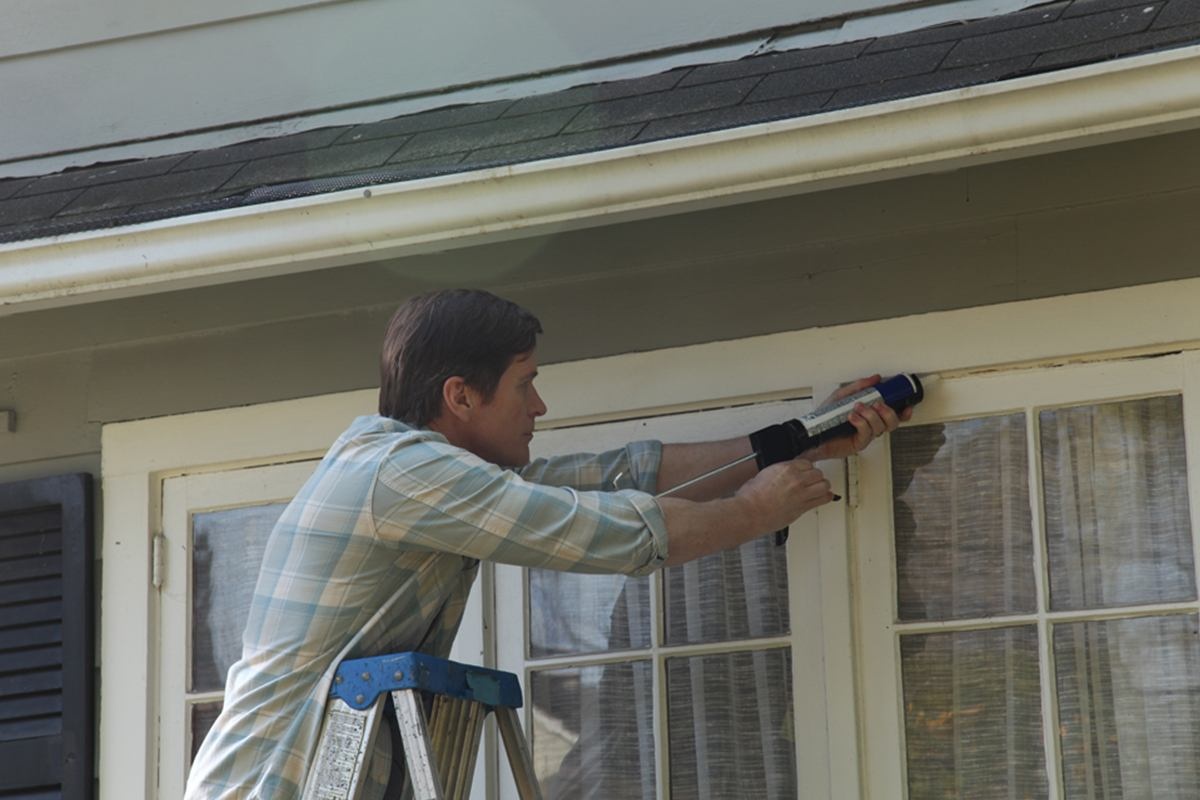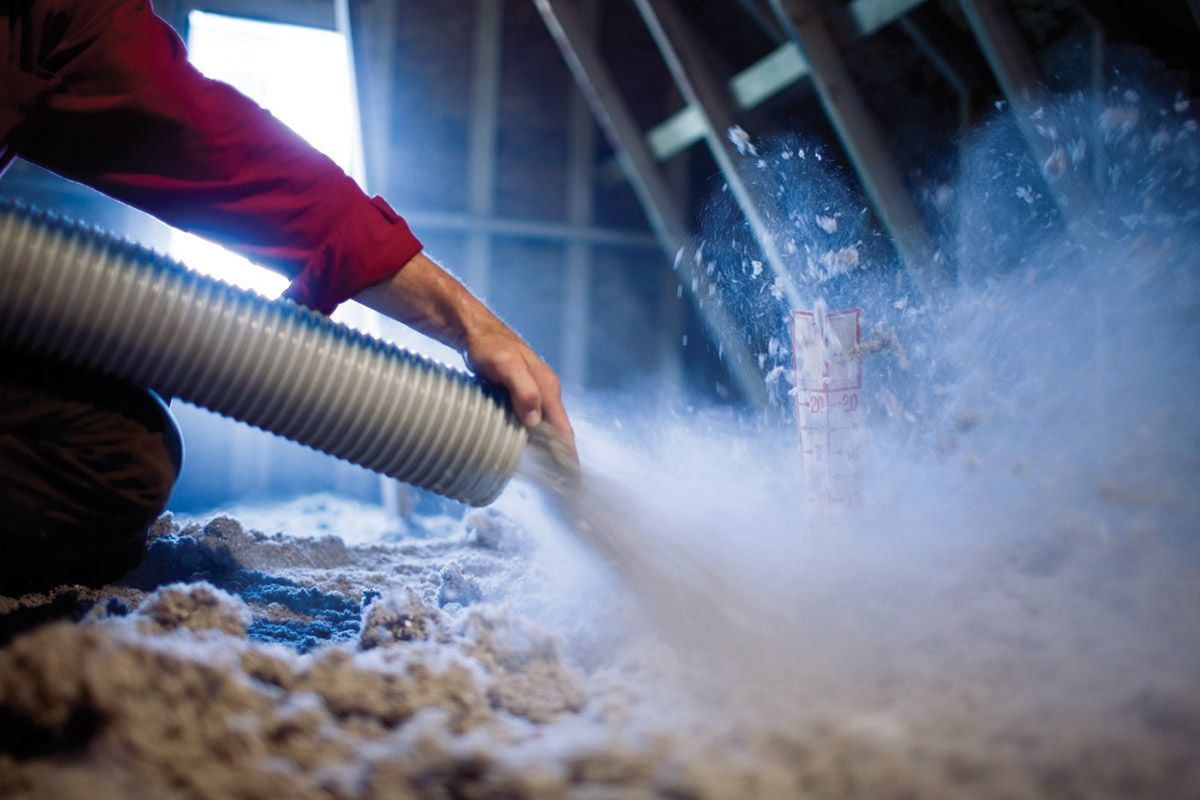Do you remember the electricity bill you received after this winter’s cold spell? It gave many of our members a bit of sticker shock. Of course, we all use more kilowatt-hours to stay warm when the cold and ice of January come knocking. The unfortunate result of using more kWh is higher-than-usual bills.
Now, as we look forward to summer, weather holds the potential to cause higher-than-normal bills again. “Compared with last summer,” the U.S. Energy Information Administration predicts, “this summer’s temperatures are forecast to be warmer.” Even if nothing changes in your home, when the temperature outside rises, your home’s cooling system has to work harder to maintain the temperature inside.
While higher temperatures are likely to increase the amount of electricity that will be used—or demand placed on the system—we also face the possibility of higher wholesale electricity prices because three coal-fired power plants that supplied part of Texas shut down. To keep the system reliable, the Electric Reliability Council of Texas—which oversees 90 percent of the state’s power grid—prefers to maintain a small percentage of generation capacity beyond what is needed to meet peak demand. This extra energy capacity is called the “reserve margin,” and it measures the system’s ability to meet demand for power during the hottest days. With some plants shutting down, the reserve margin is smaller than it would have been.
ERCOT stated in an April 30 report that they “expect to have sufficient generation to meet customer demand this summer,” but projections for hotter summer weather and increased demand could test that. When reserve margins become too tight—as can happen on hot days—ERCOT will release conservation requests. If those requests don’t help lighten the load on the state electric system, ERCOT is forced to implement rotating outages, sometimes called brownouts or rolling blackouts in the press. You may remember when that happened in February 2011, after extreme cold weather struck and some generation facilities couldn’t produce power.
Take all this, and add in the demands of the fast-growing state economy—where more people and businesses are using electricity—and you have all the makings for higher electric bills. No one knows just how much extra utilities and consumers might have to pay, but high demand and lower supply normally means higher prices.
With all this in mind, we all need to get ready for summer by managing our electricity use. You can use the tips below to help keep your electric bill lower. Following them could also help our state avoid rotating outages.
I would be remiss if I didn’t remind you of one very important thing: Medina Electric Cooperative is a not-for-profit power provider. That means our mission is to provide you with the electricity you need to improve your quality of life—not turn a profit for investors. We are always working for our members and working to keep your electricity as affordable as possible. Part of that mission entails providing you the tools you need to manage your electricity use and to give you information on what is currently happening in the market. We want you to stay comfortable this summer with power bills you can afford.
I am hopeful that the fear of low reserve margins, higher temperatures and higher wholesale power prices this summer are all for nothing, but it is better to be prepared than caught off guard.
Sincerely,
Mark Rollans
Energy Tips
Conserving energy doesn’t have to be hard. Or expensive. Making little changes in your home will ultimately reduce your energy use and help keep your electric bill lower. Try to conserve electricity from 3 to 7 p.m. during summer months.
Simple Tips
Thermostat: Keep your thermostat set at 78 degrees or higher when you are home. Be sure to increase that when you’re away during the day. Your AC is already working overtime to cool your home, don’t make it work harder to cool an empty house.
Blinds: Keep your blinds and drapes closed during the day to keep the heat out.
Fans: Use fans to cool you. Fans cool people, not rooms, so turn the fan off when you leave the room. And turn the lights off while you’re at it.
Laundry: Do full loads of laundry to reduce the number of times you need to run your washer and dryer. Wash your clothes on the cold cycle. Limit your laundry to the mornings or evenings when it’s cooler out. Air dry when possible.
Investment Tips
Plants: Trees and shrubs are a great way to add natural shade to your home. Plant on the side of the house where the sun hits in the afternoon. Not only will plants help keep your home cool, but they provide nice landscaping, too!
Filters: Change your air filters according to their recommendations. Most filters perform best when changed monthly. You can purchase filters and set reminders by going to FilterChange.coop.
Lighting: Update your lightbulbs to LEDs, which use less energy and are cooler so they won’t add unnecessary heat to your home. If you have outdoor lighting, consider switching to solar-operated lights.
Sealing: Reduce the places that cold air can escape your home by sealing windows and doors. Caulk window seals and add weatherstripping to doors.
Insulation: Is your home properly insulated? Insulation is one of the best ways to keep your home cool. Insulating your attic is an investment that will pay off. According to energystar.gov, insulating the attic offers some of the largest opportunities to save energy and money in your home.



